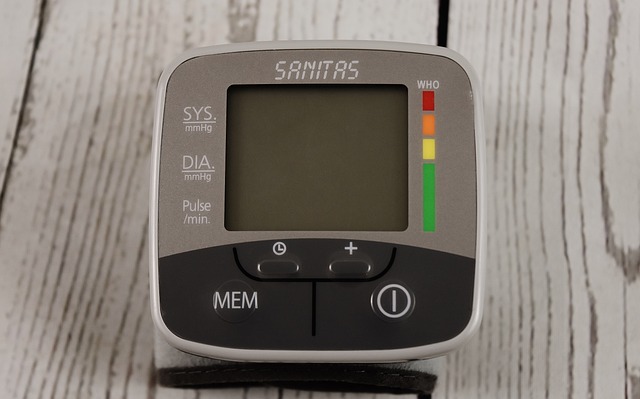Low water pressure in your home is primarily caused by clogged pipes from mineral buildup, leaky faucets or showerheads, and faulty water heaters or pressure-reducing valves. Older plumbing systems and homes with hard water are more prone to clogs. Regular maintenance like flushing, cleaning pipes, repairing leaks, inspecting fixtures, and professional inspections can prevent blockages and restore optimal water flow, addressing the Causes of Low Water Pressure.
Low water pressure can be a frustrating household issue, affecting everything from showering to cooking. Understanding the causes behind this problem is key to efficient troubleshooting and prevention. This article delves into the common and plumbing-related reasons for reduced water pressure, guiding you through simple solutions to more complex issues like clogged pipes and leaks. By identifying and addressing these problems proactively, homeowners can ensure a steady water flow for years to come. Learn about the various causes of low water pressure and take control of your home’s plumbing health.
- Common household issues leading to low water pressure
- Plumbing issues causing reduced water flow
- Identifying and preventing long-term water pressure problems
Common household issues leading to low water pressure

Low water pressure is a common household issue that can be frustrating and inconvenient. Several factors contribute to this problem, many of which are easily overlooked. One of the most prevalent causes is clogged pipes, especially in older homes where mineral buildup and debris can accumulate over time, restricting water flow. These clogs often manifest as slow-flowing faucets or reduced pressure in showers.
Another significant cause is leaky pipes. Even tiny leaks can lead to substantial water wastage and lower overall pressure. Leaks may go unnoticed for extended periods, quietly draining your water supply and impacting the pressure throughout your home. Additionally, faulty water heaters or pressure-reducing valves can also be culprits, as they fail to maintain optimal water pressure levels, resulting in weaker flows from faucets and appliances.
Plumbing issues causing reduced water flow

Clogged pipes are one of the most common causes of low water pressure. Over time, mineral deposits, grease, and debris can accumulate inside the pipes, narrowing them and restricting water flow. This issue is particularly prevalent in older plumbing systems or homes with hard water. A simple fix involves regular maintenance like flushing and cleaning to remove these blockages.
Leaks, whether from faucets, showerheads, or pipes, also significantly contribute to reduced water pressure. Even small leaks can waste a substantial amount of water over time, lowering the overall pressure in your home’s plumbing system. Identifying and repairing these leaks promptly is essential not only for maintaining water pressure but also for saving on utility bills.
Identifying and preventing long-term water pressure problems

Regularly checking your home’s water pressure is key to identifying potential issues early on, preventing long-term problems, and saving you from costly repairs. Start by installing a pressure gauge to monitor readings consistently. If you notice steady decreases or sudden drops, it could indicate clogs in pipes, corroded valves, or leaks—all common causes of low water pressure.
To prevent these issues, maintain your plumbing system proactively. Schedule professional inspections and cleaning services to clear out any mineral deposits or debris that might be blocking pipes. Regular maintenance also involves inspecting and replacing worn-out fixtures and supplies like showerheads and faucets, which can help restore optimal water flow.
Understanding the various causes of low water pressure, from common household issues to plumbing problems, is key to addressing these concerns effectively. By identifying and preventing long-term issues, homeowners can ensure a consistent and robust water flow throughout their properties. Regular maintenance and prompt attention to potential leaks or clogged pipes are essential practices for avoiding disruptions and preserving the integrity of home plumbing systems.
